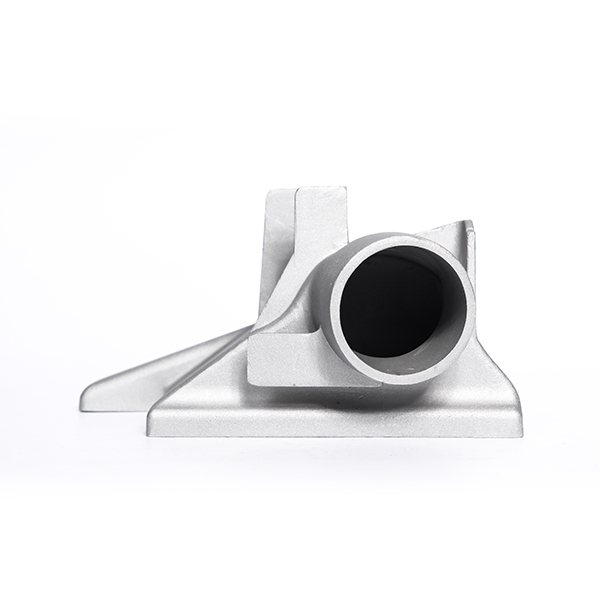Mobile:+86-311-808-126-83
Email:info@ydcastings.com
engine sump pan
Understanding the Engine Sump Pan A Critical Component of Your Vehicle
The engine sump pan, commonly referred to as the oil pan, is a crucial component of an internal combustion engine. This essential part serves multiple purposes, including oil storage, cooling, and protection of the engine's critical components. Understanding its structure, functions, and maintenance can help keep your vehicle running smoothly and efficiently.
Structure and Design
The engine sump pan is typically made from materials such as steel or aluminum, chosen for their durability and resistance to rust and corrosion
. Its design is generally a shallow, bowl-like structure located at the bottom of the engine. This position allows the pan to collect oil that drains from the engine, ensuring that the oil is readily available for lubrication during operation. Modern vehicles often feature a deeper sump design, which helps increase oil capacity, promoting better temperature control and lubrication.Functions of the Sump Pan
1. Oil Reservoir The primary function of the sump pan is to store oil. It acts as a reservoir that holds oil during the vehicle's operation and when it’s not in use. This storage is crucial, as the engine requires a consistent supply of oil to maintain lubrication of the moving parts.
2. Cooling As engine oil circulates, it absorbs heat from the engine's components. The sump pan allows this oil to cool down before it re-enters the engine. By dissipating heat, the sump pan helps maintain optimal operating temperatures, which can significantly impact engine performance and longevity.
engine sump pan

3. Oil Pickup and Circulation At the bottom of the sump pan is the oil pickup tube, which draws oil from the pan and pumps it back into the engine. This continuous circulation system ensures that all moving parts receive adequate lubrication, reducing friction and wear.
4. Debris Collection The sump pan also serves as a collection point for debris and contaminants present in the oil. This contamination can come from engine wear, dirt, and other particles. Some sump designs include a baffle system that helps separate contaminants from the clean oil, enhancing the overall quality of the lubricating oil.
Maintenance and Issues
Maintaining the sump pan is vital for the engine's health. Regular oil changes are essential, as they not only replace old, degraded oil with fresh oil but also help remove contaminants that settle in the sump. If oil leaks are detected, it can indicate a faulty sump pan gasket or cracks in the pan itself. Left unchecked, such leaks can lead to low oil levels and potentially cause severe engine damage.
Additionally, over-filling the sump can create pressure issues, leading to leaks or even oil foaming, which compromises lubrication. Therefore, it’s crucial to monitor oil levels and ensure they remain within the manufacturer's recommended range.
Conclusion
In summary, the engine sump pan plays a vital role in the effective operation of an internal combustion engine. Its design and functions ensure that engine oil is stored, cooled, and circulated efficiently, thereby facilitating proper lubrication and minimizing wear. By understanding the importance of the sump pan and adhering to regular maintenance practices, vehicle owners can help ensure their engine runs smoothly, ultimately extending its lifespan and improving performance.
-
Why Should You Invest in Superior Pump Castings for Your Equipment?NewsJun.09,2025
-
Unlock Performance Potential with Stainless Impellers and Aluminum End CapsNewsJun.09,2025
-
Revolutionize Your Machinery with Superior Cast Iron and Aluminum ComponentsNewsJun.09,2025
-
Revolutionize Fluid Dynamics with Premium Pump ComponentsNewsJun.09,2025
-
Optimizing Industrial Systems with Essential Valve ComponentsNewsJun.09,2025
-
Elevate Grid Efficiency with High-Precision Power CastingsNewsJun.09,2025











